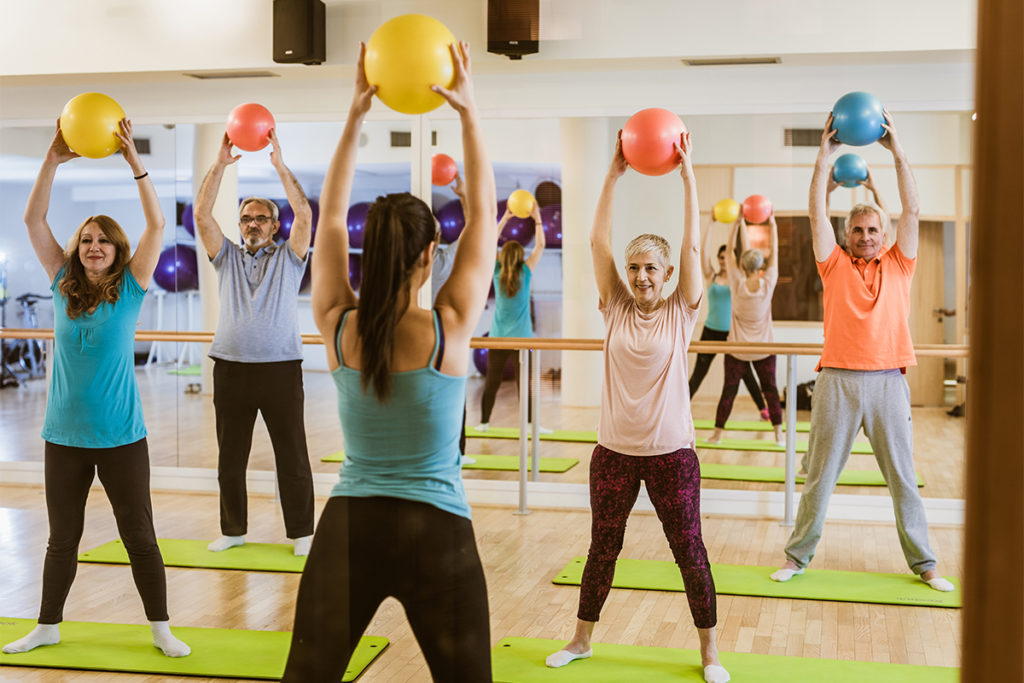First-Ever Physical Activity Guidelines for Infants and Toddlers
You’re never too young to be physically active! The National Association for Sport & Physical Education (NASPE) recommends that infants should be encouraged to be physically active from the beginning of life. NASPE warns that confining babies and young children to strollers, playpens, car seats or infant seats for hours at a time may delay physical and cognitive development.
“Adopting a physically active lifestyle early in life increases the likelihood that infants and young children will learn to move more skillfully,” says Dr. Jane Clark, chair of the department of kinesiology at the University of Maryland and of the NASPE task force that developed the guidelines. Clark also explains that promoting motor skill confidence and enjoyment of movement at an early age will help ensure healthy development and later participation in physical activity.
The organization offers the first physical activity guidelines specifically designed to meet the developmental needs of infants, toddlers and preschoolers.
Guidelines for infants include the following:
- Infants should interact with parents and/or caregivers in daily physical activities that are dedicated to promoting the exploration of the infants’ environment.
- Infants should be placed in safe settings that facilitate physical activity and do not require restricting the infants’ movement for prolonged periods of time.
- Infants’ physical activity should promote the development of movement skills.
And these are some of the guidelines for toddlers and preschoolers: - Toddlers should accumulate at least 30 minutes of structured physical activity per day; preschoolers should accumulate at least 60 minutes per day.
- Toddlers and preschoolers should engage in at least 60 minutes and up to several hours of unstructured physical activity per day and should not be sedentary for more than 60 minutes at a time except when sleeping.
- Toddlers should develop movement skills that are building blocks for more complex movements tasks; preschoolers should develop competence in these movement skills.
The activity recommendations are based on the developmental characteristics of children. Motor development experts, movement specialists, exercise physiologists
and medical professionals contributed to the guidelines. For more information, visit www.aahperd.org, the Web site of the American Alliance for Health, Physical Education, Recreation & Dance.




